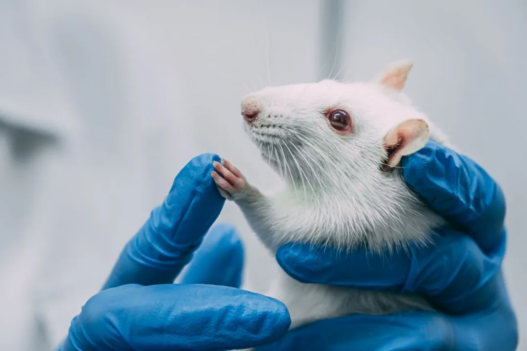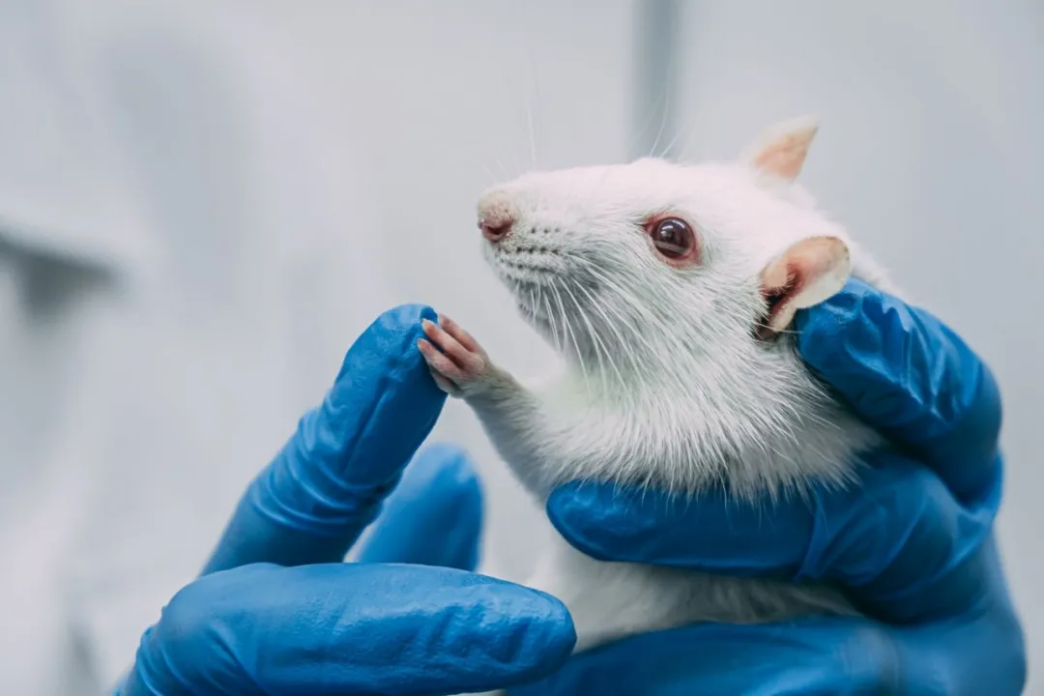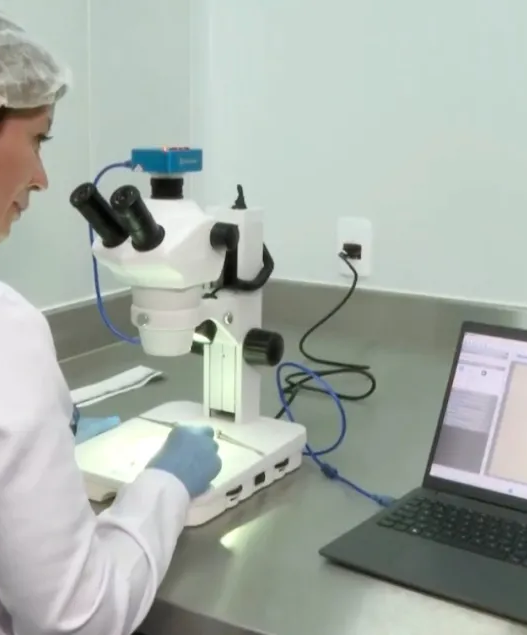In September 2007, 59-year-old Sarah Ambrose underwent spinal surgery in Spain. Sadly, she suffered a severe medical accident that left her with a cerebrospinal fluid leak. This issue persisted for 18 years and drastically altered her life.
The Problem with Current Medical Experiments
We often hear about medical breakthroughs tested on lab mice. Yet, these technologies rarely become treatments for humans. The reason is simple: humans are too precious to experiment on. Aside from fictional mad scientists in movies, no one dares to test new technologies on humans. As a result, many breakthroughs stay in the lab and are not widely applied.
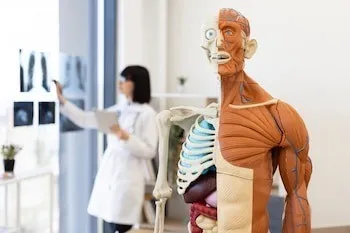
Recently, scientists Carsten T. Charlesworth, Henry T. Greely, and Hiromitsu Nakauchi published a paper in MIT Technology Review. They claim to have found a way to change this situation.
What Are “Human Robots”?
Their concept is called “Human Robots.” These are not robots in the traditional sense. They are much closer to humans than machines. “Human Robots” would be created using pluripotent stem cells. These cells are the earliest types formed during human development. Scientists claim that humans can now create structures similar to human embryos from stem cells.
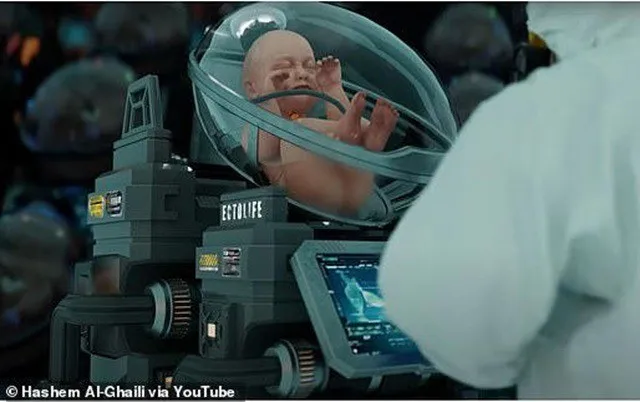
The idea is to grow human embryos in artificial wombs. Once these embryos start developing, the scientists would use genetic technology. This would block brain development, ensuring that the body lacks sensory ability. The result would be beings that grow normally but cannot think or feel pain. These beings would be ideal test subjects for modern medical experiments.
A New Era of Medical Testing
If this technology were implemented, it could bring about a revolutionary change in medical testing. The main issue in the medical field is the shortage of human resources that meet ethical standards. “Human robots” would solve this problem. They would be ideal for drug testing since they wouldn’t experience pain or discomfort. These robots could also solve organ transplant shortages.
Scientists believe these “human robots” could help with personalized medicine. Doctors could assess different treatments on these beings. This would allow them to determine what works best for individual patients more efficiently.
Ethical Questions and Human Dignity
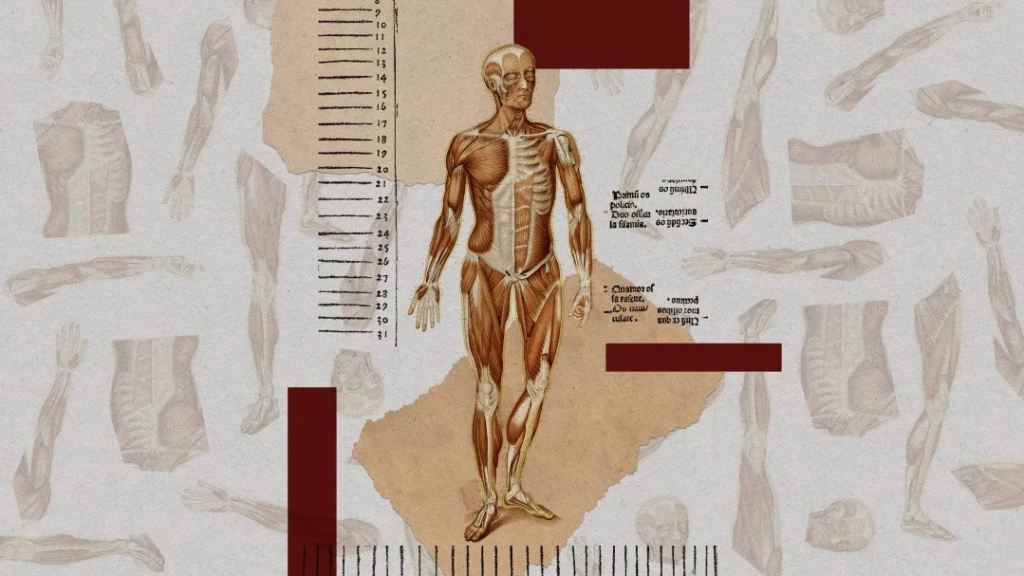
Despite the scientists’ arguments, there is an undeniable ethical dilemma. Are these beings still considered human? What distinguishes these “human robots” from brain-dead patients? Would this be any different from direct human experimentation?
The scientists argue that the standards for defining what constitutes a human should be reconsidered. They ask: If these “human robots” are created outside the typical human reproductive process, do they deserve the same respect and rights as humans? Are they human just because they look like us and are alive?
The Road Ahead: Feasible or Futile?

The scientists admit their technology is far from ready. At this stage, it’s unclear if stem-cell-derived embryos can develop into living humans. There is even uncertainty about whether they could develop into living mice. Additionally, it’s unknown if a body without a brain can survive or how it would differ from a normal human.
In conclusion, the idea of creating “human robots” remains in the realm of science fiction and philosophical debate. Even if the technology becomes feasible, it may take decades before it is practical or economical. However, the potential for revolutionizing medicine makes it worth exploring.

The future of this technology is uncertain. Many issues must be addressed before it can be considered for implementation. For now, experiments on mice will likely continue. Whether or not the concept of creating “human robots” becomes a reality remains to be seen.







